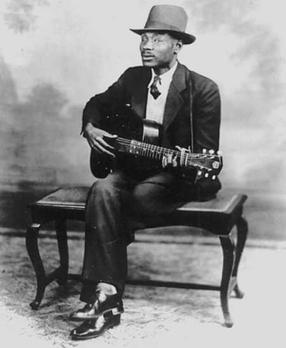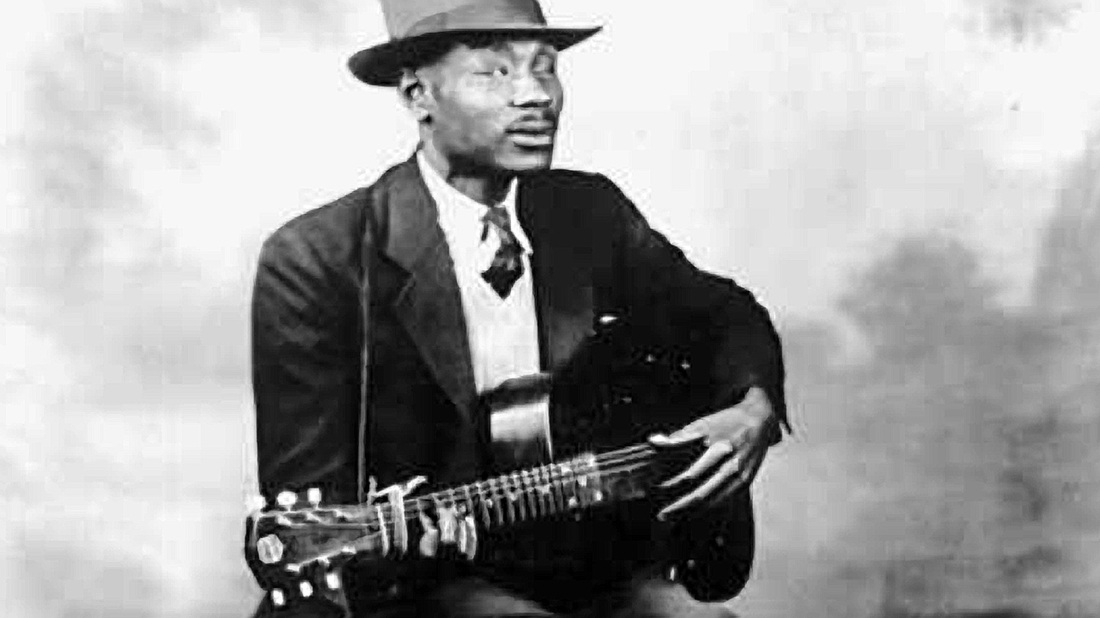Blind Boy Fuller, born Fulton Allen, was a prominent figure in the Piedmont blues scene during the 1930s. Despite his relatively short life, he left an indelible mark on American music. Here are ten fascinating facts about this influential musician:
- Early Life: Blind Boy Fuller was born in Wadesboro, North Carolina, in 1907. His birth name was Fulton Allen, but he became better known by his stage name, which he adopted due to his visual impairment.
- Blindness: Fuller lost his sight in infancy, purportedly due to untreated neonatal conjunctivitis. Despite his blindness, he developed remarkable musical talent, teaching himself to play the guitar at a young age.
- Piedmont Blues Pioneer: Fuller was a master of the Piedmont blues style, characterized by its fingerpicking guitar technique and alternating bass patterns. He played a significant role in popularizing this style, which originated in the Southeastern United States.
- Recording Career: In the 1930s, Fuller began recording for the ARC (American Record Corporation) label. He released numerous singles, including hits like “Step It Up and Go” and “Truckin’ My Blues Away.”
- Collaborations: Fuller frequently collaborated with other notable musicians of his time, including harmonica player Sonny Terry. Their partnership produced several classic recordings and became one of the most celebrated duos in blues history.
- Influence on Later Musicians: Blind Boy Fuller’s innovative guitar playing and soulful vocals inspired countless musicians who followed in his footsteps. Artists such as Brownie McGhee, Lightnin’ Hopkins, and Taj Mahal have cited him as a major influence on their music.
- Lyricism and Themes: Fuller’s songs often explored themes of love, hardship, and everyday life in the rural South. His lyrics were imbued with wit, humor, and a keen observational eye, reflecting the experiences of African Americans during the Great Depression era.
- Tragic Death: Fuller’s life was tragically cut short when he died of complications from an illness, possibly pneumonia, in 1941 at the age of 33. Despite his relatively brief career, his legacy endures through his recordings and the impact he had on subsequent generations of musicians.
- Rediscovery in the Folk Revival: Like many early blues artists, Blind Boy Fuller experienced a resurgence in popularity during the folk revival of the 1950s and 1960s. His recordings were reissued, and his songs were covered by folk and blues artists, helping to introduce his music to new audiences.
- Legacy: Blind Boy Fuller’s contributions to blues music are widely recognized, and he remains a revered figure in the genre’s history. His recordings continue to be cherished by fans of traditional blues, ensuring that his musical legacy lives on for future generations to appreciate.
Blind Boy Fuller’s unique style, compelling storytelling, and enduring influence cement his place as one of the most significant figures in the history of American blues music.


No responses yet